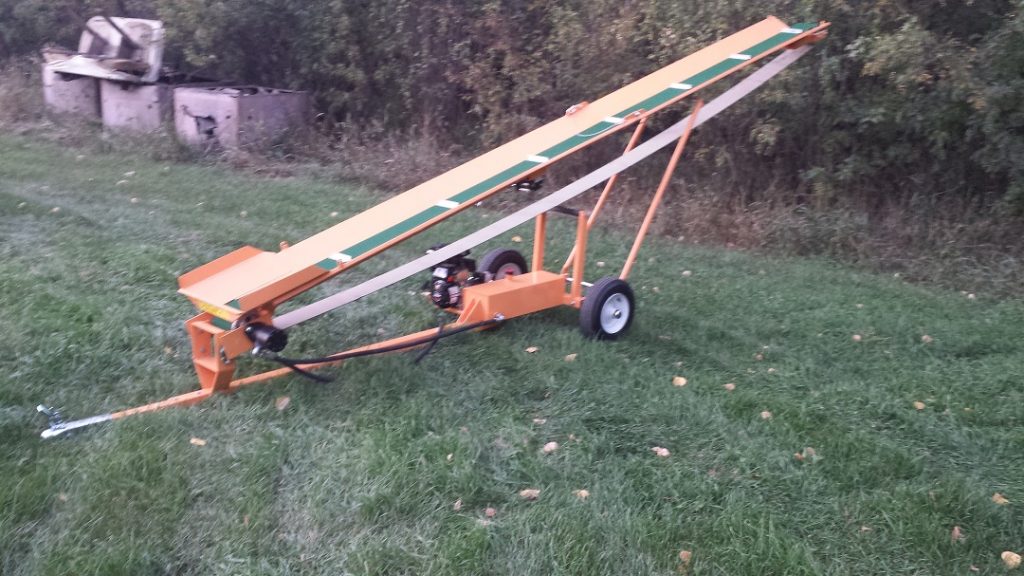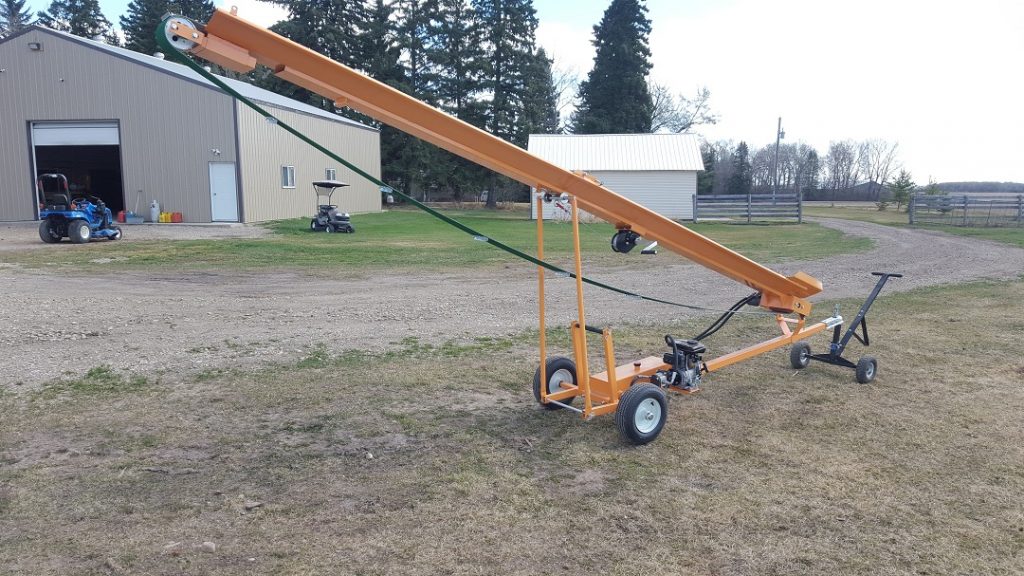Does anyone have experience with Range Road conveyors? They are listed @ $1650 in US dollars
According to their website...http://range-road.com/
The Range Road RR500 Stand-alone conveyor has its own 2.5Hp Engine and can be used in any application where a longer conveyor is needed, it can also be used with any Range Road Firewood Processor to increase the reach and height. The RR500 folds up for mobility and storage,
The RR500 Stand-alone Conveyor can be used with the Range Road RR20T Firewood Processor in place of the 3.2m conveyor that mounts on the processor and as an easy option the hydraulics from the processor can run the 5 Meter conveyor and the second engine (2.5HP mounted on the conveyor) is not necessary.
I am not looking for something super duty. Any opinion out there or do you see anything about this design that would concern you?
Thanks in advance for your replies
WCA


According to their website...http://range-road.com/
The Range Road RR500 Stand-alone conveyor has its own 2.5Hp Engine and can be used in any application where a longer conveyor is needed, it can also be used with any Range Road Firewood Processor to increase the reach and height. The RR500 folds up for mobility and storage,
The RR500 Stand-alone Conveyor can be used with the Range Road RR20T Firewood Processor in place of the 3.2m conveyor that mounts on the processor and as an easy option the hydraulics from the processor can run the 5 Meter conveyor and the second engine (2.5HP mounted on the conveyor) is not necessary.
I am not looking for something super duty. Any opinion out there or do you see anything about this design that would concern you?
Thanks in advance for your replies
WCA












